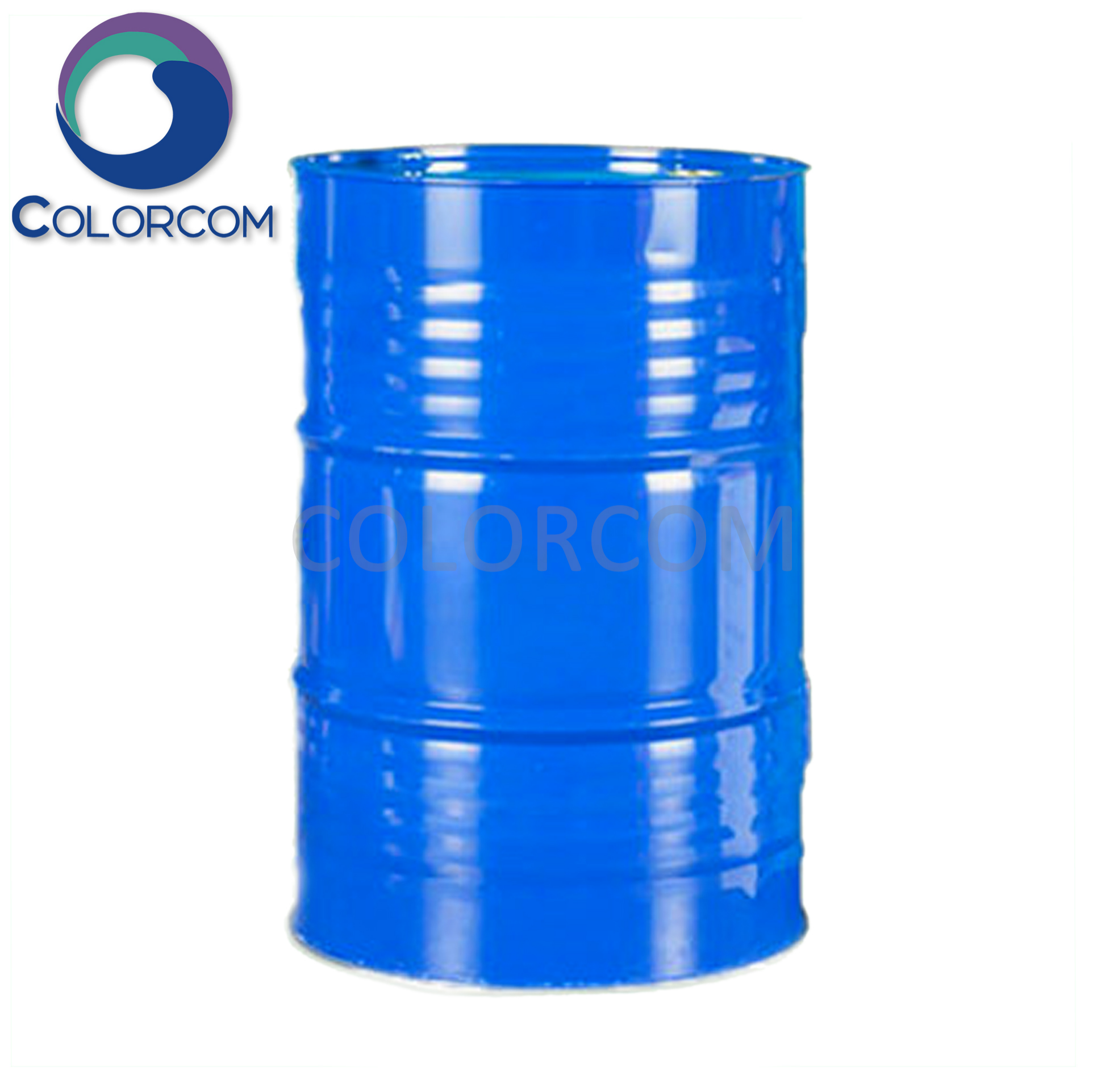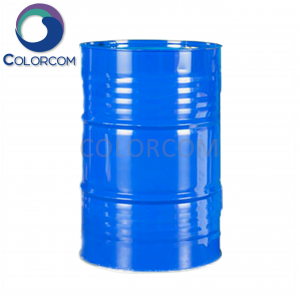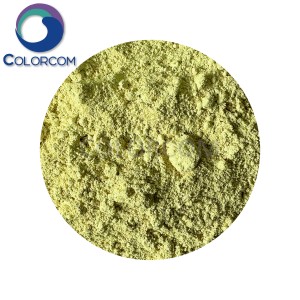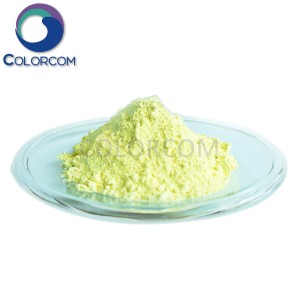Ethyl Alcohol | 64-17-5
Product Physical Data:
| Product Name |
Ethyl Alcohol |
| Properties |
Colorless liquid, with wine fragrance |
| Melting Point(°C) |
-114.1 |
| Boiling Point(°C) |
78.3 |
| Relative density (water=1) |
0.79 (20°C) |
| Relative vapour density (air=1) |
1.59 |
| Saturation vapour pressure (KPa) |
5.8 (20°C) |
| Heat of combustion (kJ/mol) |
1365.5 |
| Critical temperature (°C) |
243.1 |
| Critical pressure (MPa) |
6.38 |
| Octanol/water partition coefficient |
0.32 |
| Flash point (°C) |
13 (CC); 17 (OC) |
| Ignition temperature (°C) |
363 |
| Explosion upper limit (%) |
19.0 |
| Lower explosion limit (%) |
3.3 |
| Solubility | miscible with water, miscible in ether, chloroform, glycerol, methanol and other organic solvents. |
Product Application:
1.Ethanol is an important organic solvent, widely used in medicine, paint, sanitary products, cosmetics, oil and grease and other methods, accounting for about 50% of the total consumption of ethanol. Ethanol is an important basic chemical raw material, used in the manufacture of acetaldehyde, ethylene diene, ethylamine, ethyl acetate, acetic acid, chloroethane, etc., and derived from many intermediates of pharmaceuticals, dyes, paints, spices, synthetic rubber, detergents, pesticides, etc., with more than 300 kinds of products, but now the use of ethanol as a chemical product intermediates is gradually declining, and many products, such as acetaldehyde, acetic acid, ethyl alcohol, have no longer use ethanol as a raw material, but ethyl alcohol as a raw material. However, the use of ethanol as a chemical intermediate is gradually declining, and many products such as acetaldehyde, acetic acid, ethyl alcohol are no longer using ethanol as a raw material, but are replaced by other raw materials. Specially refined ethanol is also used in the manufacture of beverages. Similar to methanol, ethanol can be used as an energy source. Some countries have begun to use ethanol alone as a vehicle fuel or blended into gasoline (10% or more) to save gasoline.
2.Used as a solvent for adhesives, nitro spray paints, varnishes, cosmetics, inks, paint strippers, etc., as well as a raw material for the manufacture of pesticides, medicines, rubbers, plastics, synthetic fibres, detergents, etc., and as antifreeze, fuel, disinfectant and so on. In the microelectronics industry, used as a dewatering and decontamination agent, can be used in conjunction with the degreasing agent.
3.Used as analytical reagent, such as solvent. Also used in pharmaceutical industry.
4.Used in electronic industry, used as dewatering and decontamination agent and degreasing agent ingredients.
5.Used to dissolve some insoluble electroplating organic additives, also used as hexavalent chromium reducing agent in analytical chemistry.
6.Used in wine industry, organic synthesis, disinfection and as a solvent.
Product Storage Notes:
1.Store in a cool, ventilated warehouse.
2.Keep away from fire and heat source.
3.The storage temperature should not exceed 37°C.
4.Keep the container sealed.
5.It should be stored separately from oxidants, acids, alkali metals, amines, etc., don’t mix storage.
6.Use explosion-proof lighting and ventilation facilities.
7.Prohibit the use of mechanical equipment and tools that are easy to generate sparks.
8.The storage area should be equipped with leakage emergency treatment equipment and suitable shelter materials.









